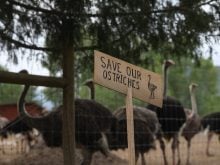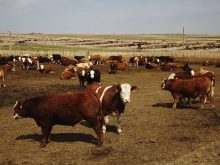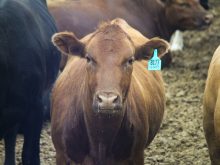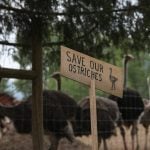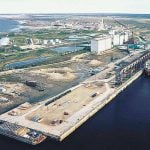A four-year federal and provincial government study completed this
spring has found that farmers are using 30 percent less water than they
did 25 years ago.
Stan Klassen, executive director of the Alberta Irrigation Projects
Association, attributed this to an extensive rehabilitation program and
new sprinkler technology.
“We have already adopted practices that reduce the amount of water we
lose to evaporation and canal seepage. We continually educate our
producers about on-farm water saving devices and techniques.”
Read Also
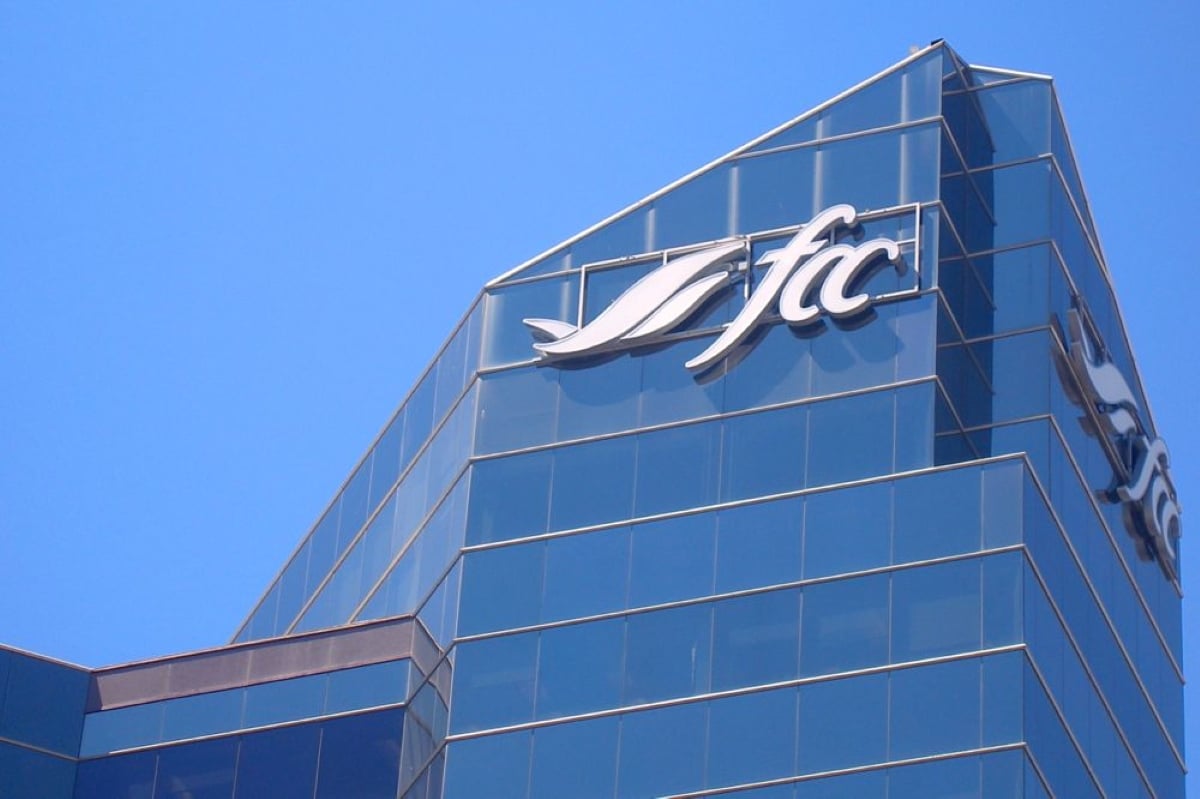
Lending policy still focused on primary producers: Farm Credit Canada
Farm Credit Canada said it has not changed its business practices and remains committed to supporting all producers, after a report from an Ottawa-based media outlet claimed otherwise.
He said the water savings could help expand the number of irrigated
acres in the province without using extra water.
One of the biggest changes has been in the type of irrigation.
While flood irrigation was used in the early days, many farmers now use
carefully calibrated systems that pivot around fields providing a low
pressure mist. Less water is lost to evaporation and runoff.
Further research has also provided better estimates of how much water
is needed by each crop.
The Alberta government is conducting a water strategy study because
many of the province’s water systems are reaching their full allocation.
Part of this discussion includes the need for more upstream storage to
capture water as it moves across the south.
This need became more apparent during the last two years of serious
drought when reservoirs were nearly emptied.
“We need more off-stream storage from Edmonton south,” Klassen said.




